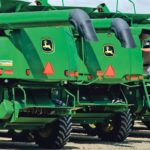If you didn’t take advantage of recent farm machinery deals south of the border, now is too late
Canadian farmers who ventured south to the United States in recent years looking for hot deals on late model equipment were mostly satisfied. But the glut is now gone and so are the hot deals. Used farm equipment expert Greg Peterson, better known as Machinery Pete, said it’s taken five years for the market to […] Read moreStories by Ron Lyseng
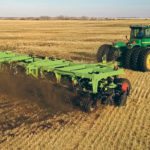
One tool fits all
We’re seeing more new tillage tools come to market as farmers gradually move away from zero till
A decade ago, we were still seeing the introduction of new and innovative zero till implements. However, the innovation trend today is in tillage equipment. Zero till is certainly not dead, but a general increase in wet field conditions has pushed farmers into remedial action to dry saturated soil. Also, the layer of organic matter […] Read more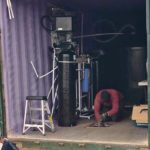
Reverse osmosis effective for dugout water
BRANDON — About 20 percent of Canadian prairie farms get their water from dugouts, which they’re forced to use because their area does not have access to potable well water. The typical PFRA dugout has a sand filter between the dugout and the seepage well from which water is pumped. The sand filters out particulates […] Read more
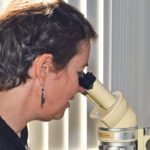
Mudsnails are keepers of historical secrets
If a 50-year-old snail could talk, it would probably have plenty of tall tales to tell. Now, thanks to modern isotope testing technology, those snails can tell us stories without speaking. Researchers at the Academy of Natural Sciences of Drexel University in Philadelphia have found that oceanic mudsnails preserve information about nitrogen levels in the […] Read more

Free access to Canada Land inventory soil maps
The Canada Land Initiative and National Soil Database hold massive volumes of valuable agriculture information. Unfortunately, nobody could access it until agronomist Simon Knutson took matters into his own hands. The Manitoba entrepreneur didn’t like the idea that a valuable, publicly funded database was not available to the public. There were no legal restrictions on […] Read more
Chlorine meets dugout water
Farm dugouts typically contain a lot of organic matter because they aren’t in a flowing river or lake with an inlet and outlet. Runoff feeding the farm dugout often comes from high organic sources such as cultivated land or pasture. Although there is no firm number documenting how many rural residents depend on dugout water, […] Read more
Putting big data on your digital dashboard
The problem for farmers isn’t a lack of information; the major challenge is retrieving data from the cloud as it’s needed
Farmers use an ever-expanding database, covering their soil, inputs, growing season, harvest conditions, storage and markets. Pulling it all together in a meaningful and accessible format is a Herculean challenge. Formula One engineers got a grip on the problem years ago by incorporating data manipulation and controls into the steering wheel. The buttons, display screens […] Read more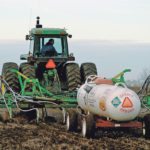
Federal government further relaxes NH3 tank restrictions
Farmers who rely on their own NH3 nurse tanks received good news April 23 when Transport Canada changed its rules. Fertilizer Canada received a revised Equivalency Certificate (SH12501.2) and a revised Temporary Certificate (TH 0651.1) to provide short-term compliance relief on nurse tank hydrostatic testing requirements. Fertilizer Canada and the Canadian Association of Agri-Retailers (CAAR) […] Read more
AAC Cameron extreme disease resistance in field trials
AAC Cameron had the lowest fusarium damaged kernel and DON levels of all spring wheat varieties in 2015 trials. In 2017, FDK nearly fell off the chart. DON actually did fall off the chart. The chart depicts disease data from the 39 varieties field tested in a project called Assessment of Fusarium Head Blight Resistance […] Read more
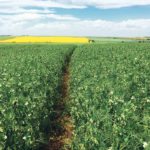
One independent seed grower likes to go short on varieties
Mastin Seeds has made rescue crops for crisis management situations a big part of its lineup. Farming in the shadows of the Rocky Mountains, Bob Mastin has learned a lot about short season agriculture over the past 40 years. Although Mastin is acutely aware of the compressed 2018 growing season facing his customers and his […] Read more


